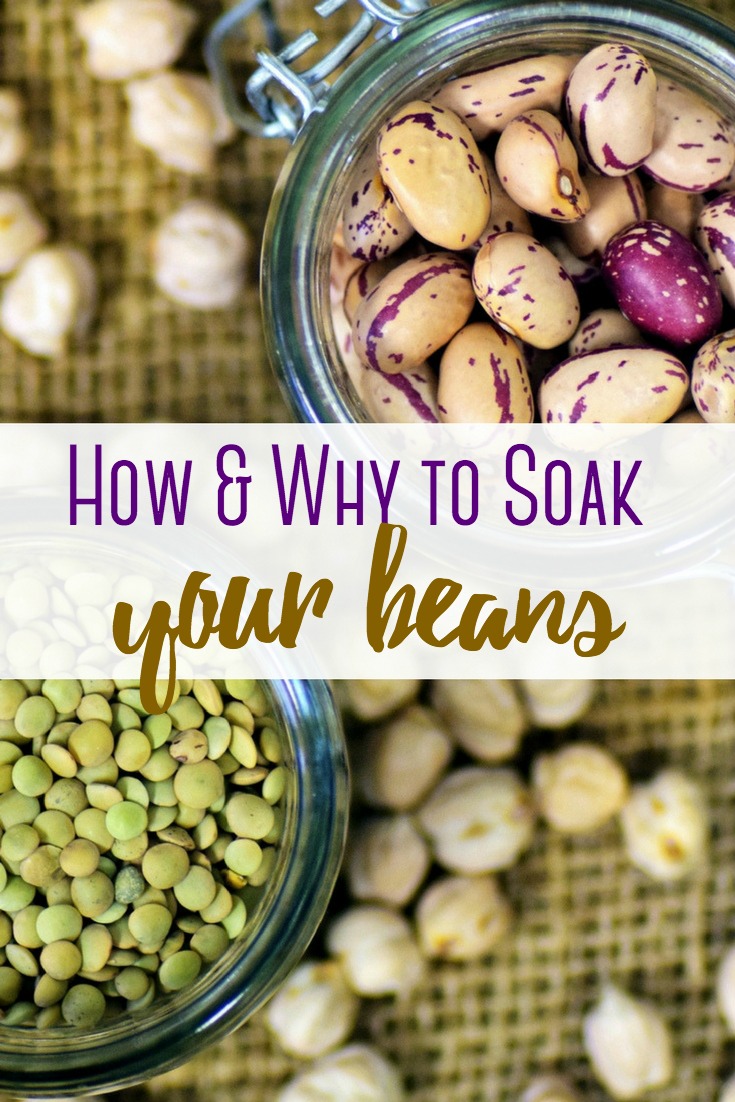
Every few days I have a pot of beans soaking on my kitchen counter and it never fails – every time they sit there, it sparks questions from my husband.
“Why are these sitting on the counter?”
“Why are you soaking beans? My mom doesn’t do that. Don’t you know that you don’t have to soak beans?”
First, the beans are sitting on the counter because they are soaking – anywhere from 12-24 hours. While I know that most people don’t soak their beans, it’s something that I find is crucial prior to making beans on their own (like these Instant Pot refried beans) or to use as beans in chili, and other soups.
Is soaking beans really required?
You can make beans successfully with or without soaking them beforehand – in fact, if you have an Instant Pot, you might even run across Pinterest posts that mention “45 minutes to perfect beans – no soaking required!”
And yes, in a sense, you can make beans without soaking them.
But.. it’s not quite that cut and dry.
While it is true that you can successfully make beans (either stovetop or Instant Pot/Pressure Cooker) without soaking beforehand, soaking is actually a wonderful way to enhance their digestibility and nutrient absorption.
If you ever throw beans in a pot on the stove to cook, you may notice that there is a decent amount of scum that rises to the top of the stockpot. That scum is anti-nutrients, lectins, and enzyme inhibitors that emerge from the beans. If you avoid soaking them, those anti-nutrients are ingested and lead to gas and digestive overload when you eat those beans a few hours later.
My husband is Mexican-American, and loves a good Mexican meal; likewise, I do too – but it’s rare for me to love eating out at Mexican restaurants because I feel bloated for days after. I do fairly well making authentic Mexican food at home and when I do, I always opt to soak the beans properly before we consume, though I admit that it
Beans are high in phytic acid – instead of giving your body nutrients they take away nutrients. Soaking breaks down that phytic acid and makes the nutrients more available, not to mention helps with digestion
Phytic acid is the storage form of phosphorus – an anti-nutrient that the Paleo community tells you to avoid. Phytic acid binds minerals in the digestive tract, making those minerals less available to our bodies. When phytic acid binds to minerals, it’s known as phytate.
Phytic acid is present in beans, seeds, nuts and grains – primarily in the bran or outer hull. You can find phytates in tubers as well, some fruits and veggies, as well as green beans.
Why is it important to remove or reduce the phytic acid?
Phytic acid can bind to important minerals in your body and prevent your body from fully absorbing them. Eating a high level of phytates will:
- block the body’s absorption of zinc, iron, magnesium and phosphorus
- leech calcium from the body
- lead to a deficiency of minerals in the body that can contribute to tooth decay and poor bone health
Phytaste (the natural enzyme in seeds, nuts and grains) will help break down the phytic acid, if and only if it is properly activated.
Upon breaking down the phytates, this enzyme will also help release those beneficial nutrients your body needs to make them more available. Unfortunately, cooking alone is not enough to release the phytaste and reduce that phytic acid — which is why it’s so important to soak, sprout or ‘sour’ our foods (as in sourdough).
Each of those methods is a little different, and can help reduce the phytic acid and allow for greater bioavailability of nutrients.
Soaking is one of the best ways to reduce the phytic acid in grains/legumes, however,, not all grains contain enough phytase to eliminate phytic acid when soaked (hello oats and corn).
Wheat flours (whole wheat, spelt and kamut) and rye contain high levels of phytase – therefore, you will need to add a small amount of rye flour or rolled rye flakes to your oat or corn acid-soak process in order to help reduce the high levels of phytic acid.
You can, however, mitigate phytic acid in your diet when you consume foods rich in vitamin C, vitamin D and calcium. Raw Dairy products, bone broth, and certain animal fats contain absorbable calcium that can help reduce the effects of phytic acid.
How to Soak Grains
Soaking grains requires soaking grains or flour in an acid medium of warm temperature. This soak activates the phytase and in turn, releases important vitamins that help to reduce or eliminate phytic acid.
Simply place the beans into a glass bowl 3-4 times the size of the dry beans. Cover with filtered warm water.
- For kidney shaped beans (Pinto, Cannellini, Red Kidney, Lima, Black Eyed Peas, Great Northern Beans, etc), add a teaspoon of baking soda and soak for up to 24 hours. Drain, rinse and cook as usual.
- For non-Kidney shaped beans (Lentils, Chickpeas, Black Beans, Navy Beans), add a Tablespoon of acidic medium (Lemon Juice, Vinegar, Apple Cider Vinegar or whey from making yogurt). Soak for up to 24 hours. Drain and rinse as usual.
Soaking not only will help reduce the phytic acid, it will allow you to cook the beans faster than what you would normally cook them for ~ you will want to halve the time of the cooking process (40 minutes of beans in the Pressure Cooker will now cook in 20 minutes using slightly less water).
Sources:
- Living with Phytic Acid – Weston A. Price Foundation
- Reduction of phytic acid and enhancement of bioavailable micronutrients in food grains – National institute of Health
- Soaking, Sprouting and Souring – Cultures for Health

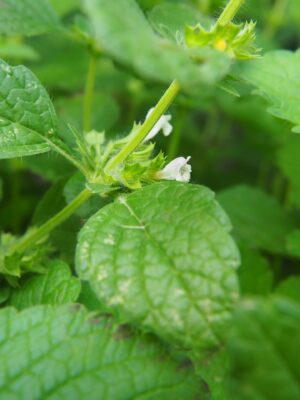
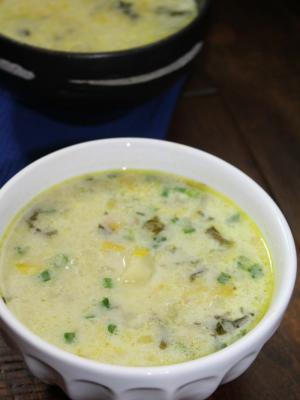
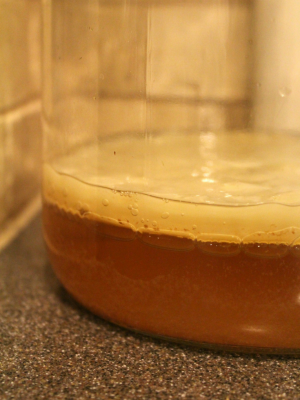
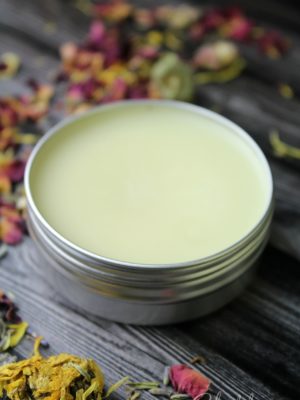
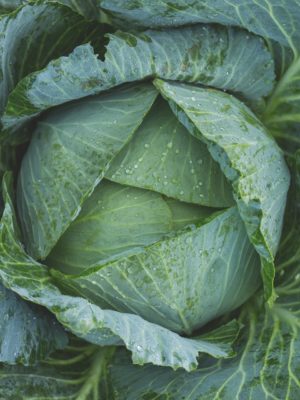

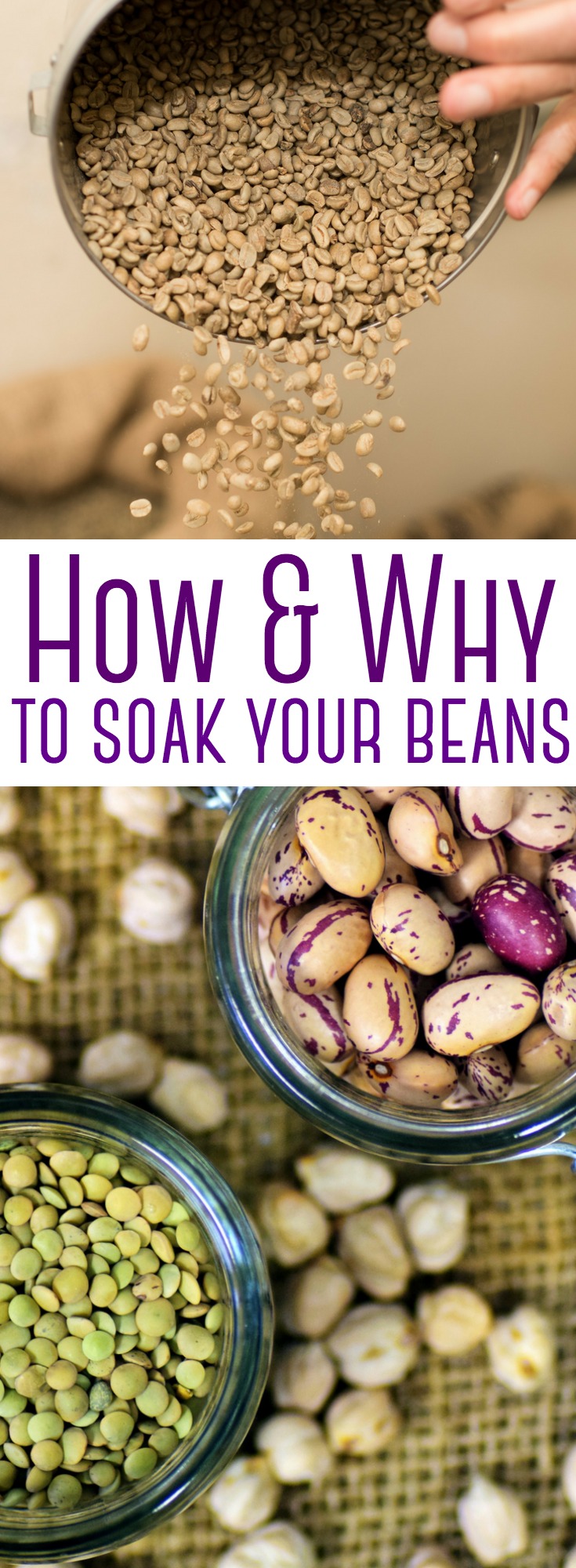

Leave a Reply